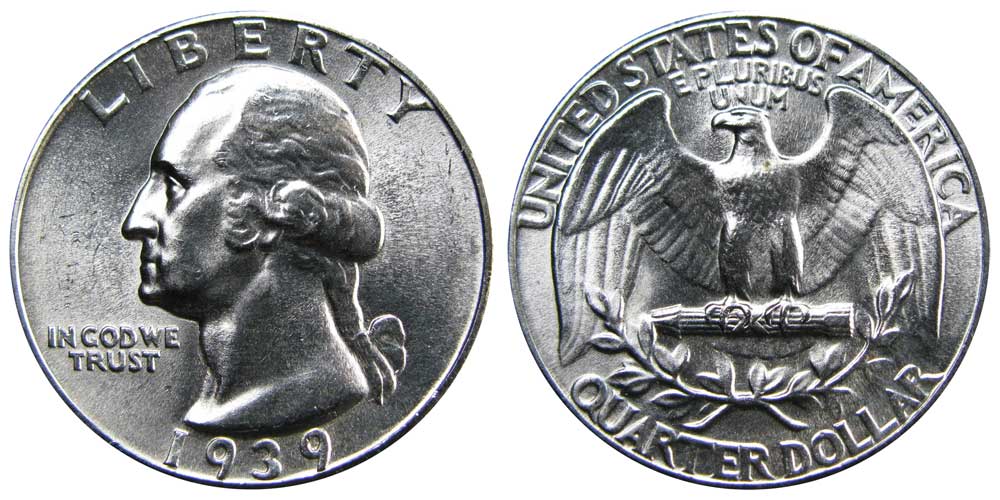The picture posted below is the Gadsden Flag, a flag designed during Revolutionary America. From its design we see one of the major sentiments prevalent during the American Revolution. The rattlesnake and slogan best represent the idea of the government not encroaching on people’s rights, as before a threat approaches a rattlesnake always gives a warning with its rattle. If the aggressor is to proceed any closer, the snake bites. Coupled with the slogan “Don’t tread on me” it accurately warns the audience that only harm will come from injuring them. This connects with the Declaration of Independence in which it is stated that “Our repeated Petitions have been answered only by repeated injury. A Prince whose character is thus marked by every act which may define a Tyrant, is unfit to be the ruler of a free people.” In this statement we see that like a rattlesnake who has been given its warning and is ready to strike, the United States has already made fair warnings to Britain about its transgressions, and yet rather than heeding to them Britain has only added insult to injury, which has led America to finally revolt. Do think there are any other ways this sentiment is best expressed? How do you interpret the symbolism of this flag?




